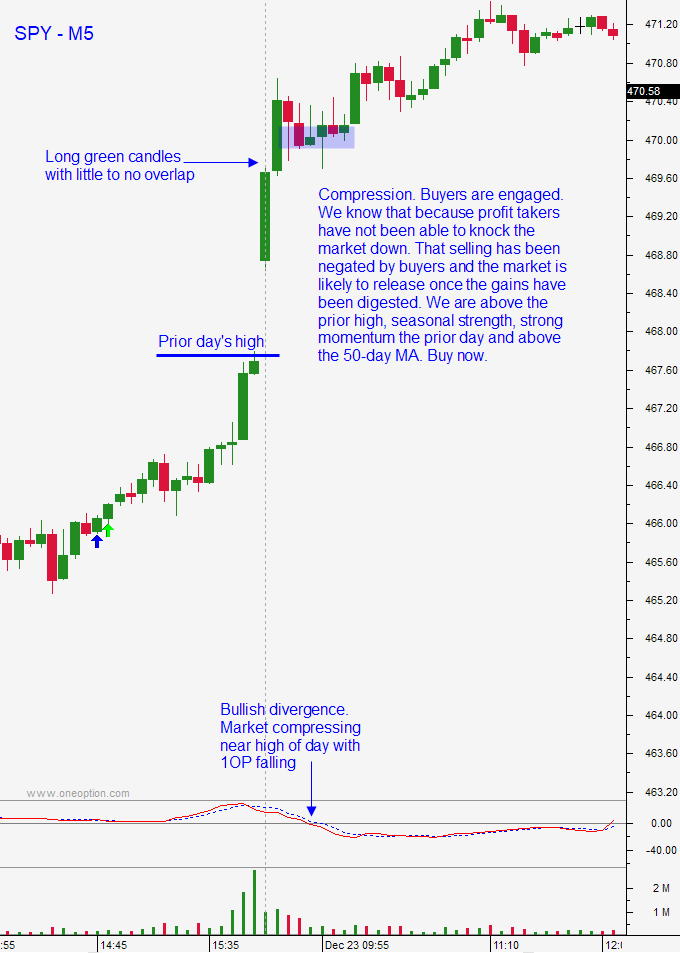Question
I am having trouble understanding exactly how non-standard options trade. For example, there is a non-standard option trading on NWS for January VJCAE
that is for 200 shares of NWS at the $25 call strike price. If I buy the call, does that mean that I am buying the right to purchase 200 shares of NWS at $25, and the opposite if I sell them? If so, the options seem incredibly expensive, and might be a good place to write calls. Any help would be appreciated.
Answer
This is a great question because it allows me to address a number of issues.
Non-standard means just that. When take-overs, special dividends, spin-offs… happen, the options need to get adjusted to reflect the change. The Depository Trust Company (DTC) decides how the shares will trade pre-event and the Options Clearing Corp. (OCC) decides how the change will be reflected in the options. A notification (Reorganization Notice) is sent to all member firms and it discloses the details. Then, the brokerage firms notify their customers. The situations are unique and hence there is not a standard way of handling them (non-standard). That said, I have a standard way of handling these trades.
The instant this information becomes public, there are DEEP pocket trading firms who make their living riping apart the numbers. They engage in arbitrage, creating a risk free position that yields a better than T-Bill rate of return on the capital committed. The positions consist of being long one asset and short another. By the time they are done, there is not a crumb left on the table and any temporary price disparity is gone. This all happens in an instant. These firms use complex software programs and they have trading rooms to pounce on the opportunity. Market Makers on the floor are involved in the same practice. Once everyone has taken their turn, the risk arbs come in. They are willing to assess the probability of an event and they build positions around the expected outcome. They have teams of analysts working on the “opportunity” and every detail and date is scrutinized.
Now for the $10,000 question. “Do you think you can find an edge in this scenario?” I can’t. I’m not as smart as they are and I don’t have the resources to compete. This brings me to my first point. NEVER think that you are smarter than the person making a market and NEVER expect to find a price disparity. The prices are there for a reason, you just haven’t figured it out. When I look at the options in question, there is a Jan 25 call that trades for $.05 and one that trades for $19.80. Why not buy one and sell the other? Simple – they have different symbols and they represent a different assets. I don’t have to know what they represent, I just have to know to stay away. There’s no “edge”.
My second point addresses first five words of the question, “I am having trouble understanding…”. If you can’t grasp a strategy or a special situation, walk away from the trade. There are many opportunities and you should continue to look for situations where you can identify all of the variables and create a trade that you feel confident in. If the strategy is basic (i.e. put credit spreads) take your time and learn the strategy first. Start using it on a small scale as you become familiar with it. Complex strategies like condors, ratios and butterflies should be avoided.
Bottom-line, keep it simple and don’t think you are smarter than the pros in the pit. If it looks to good to be true – it is.









